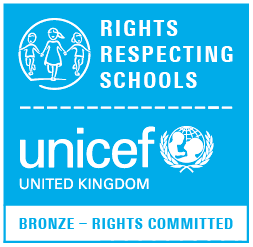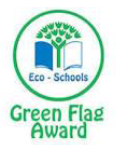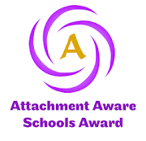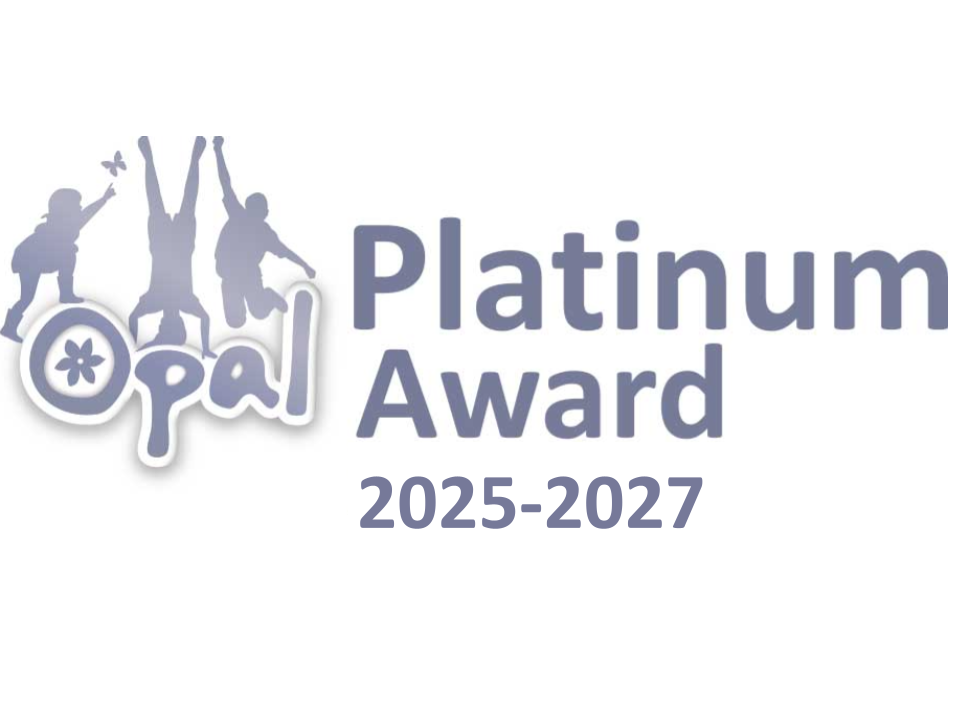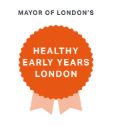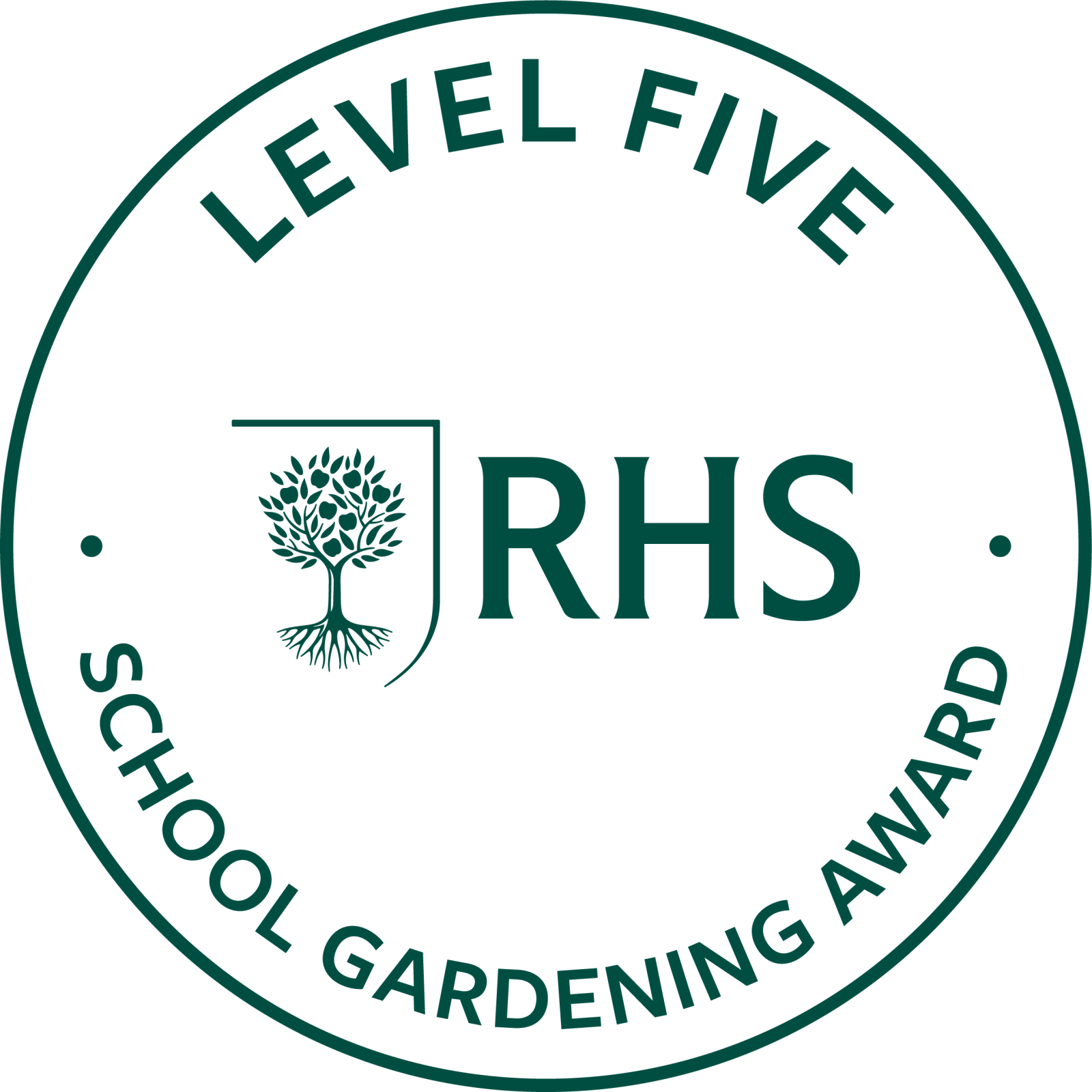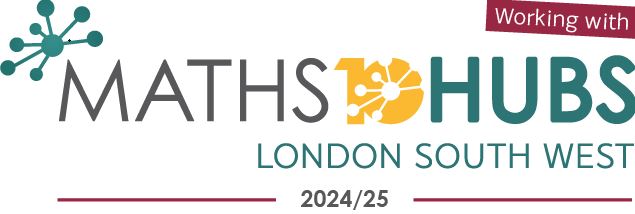Geography
Our Vision for Geography
Geography at St. Matthew's inspires our pupils to have a curiosity and fascination about the world that will remain with them for the rest of their lives. As our children progress through school, their growing knowledge about the world helps to deepen their understanding of the interaction between physical and human processes and, of the formation and use of landscapes and environments.
Our ambitious geography curriculum is accessible to all pupils through careful ongoing scaffolding and adaptations. This allows our pupils to leave St. Matthew's as confident geographers who possess an excellent knowledge of: where places are and what they are like; the skills to understand ways in which places are interdependent and interconnected and how human and physical environments are interrelated. In Geography we actively build up our children’s sense of community and empathy through our local studies and through opportunities to find out about the lives of people in other parts of the world. We want our children to understand their place in the world and how they can live sustainably to help protect our planet. St. Matthew's Geographers will be able to confidently ask and explore questions, debate issues and seek to make a difference locally, nationally and globally.
Our Geography Curriculum
The geography curriculum at St. Matthew's covers the EYFS Curriculum and National Curriculum aims and objectives and has been carefully tailored to make it bespoke in relation to our pupils and local area. Geographical locations are not specified in the national curriculum, so they have been chosen to provide a broad and diverse understanding of the world. Where there are opportunities for making meaningful connections with other projects, geography projects are sequenced accordingly. For example, children revisit the geography of settlements in the history project School Days after studying types of settlements in the geography project Bright Lights, Big City.
EYFS
During the Reception year, the children's fascination about the world around them is built in many ways. Seasonal change is at the heart of our curriculum and we utilize our extensive grounds exploring the children's environments both inside and outside. They listen to stories and find out about different habitats near and far; linking to children's first hand experiences of their travels and world around them. Map reading skills are developed from an early age. We exploit every opportunity to explore the local community from visiting our onsite Forest School meadow, to posting letters we have written, visiting the local shops for ingredients to make Gingerbread men to walking down to St. Matthew's Church throughout the year. We document our journeys by drawing maps and also make links to story mapping as a way to recount and retell our experiences.
KS1
In Key Stage 1, each autumn term begins with essential skills and knowledge projects (Our Wonderful World in Year 1 and Let’s Explore the World in Year 2). Teaching these projects in Years 1 and 2 enables children to be introduced to, or revisit, critical geographical concepts, aspects, skills and knowledge. These projects prepare children for the study of more thematic geography projects in the following term. In the spring term of Year 1, children study the project Bright Lights, Big City. This project introduces children to the geography of urban environments and the physical and human features of the United Kingdom. In contrast, in the spring term of Year 2, children carry out a detailed study of coastal geography in the project Coastline. This project introduces children to the geography of coastal environments and provides children with the opportunity for in-depth coastal fieldwork.
Lower KS2
In Lower Key Stage 2, children begin with essential skills and knowledge projects (One Planet, Our World in Year 3 and Interconnected World in Year 4). Teaching these projects in Years 3 and 4 enables children to further develop their skills, knowledge and understanding of key geographical aspects and concepts and prepares them to study more thematic geography projects in the following term. In the spring term of Year 3, children study the project Rocks, Relics and Rumbles, which explores physical features and geographical phenomena, including earthquakes and volcanoes. For example, children compare Mount Etna in Sicily, Mauna Kea in Hawaii and Mount Snowden in Wales to learn about the status of volcanoes. In contrast, in the spring term of Year 4, children carry out a detailed study of the physical features of mountains and rivers, which includes opportunities for in-depth fieldwork. In addition, children have an opportunity to name, locate and explain the importance of significant world rivers including the Mississippi, Nile, Thames, Amazon, Volga, Zambezi, Mekong, Ganges, Danube and Yangtze.
Upper KS2
In Upper Key Stage 2, children again begin with essential skills and knowledge projects (Investigating Our World in Year 5 and Our Changing World in Year 6). Teaching these projects in Years 5 and 6 enables children to develop their skills, knowledge and understanding of key geographical aspects and concepts and prepares them to study more thematic geography projects in the following term. For example in Year 5, through the population comparison study between Europe and Australia, children can learn about different continents varying in size, shape, location, population and climate as well as demographic and economic statistics which can help geographers to draw conclusions. In the spring term of Year 5, children study the seasonal project Sow, Grow and Farm, which explores farming, agriculture and rural land use. In the spring term of Year 6, children study the polar regions in the project Frozen Kingdoms. For example, they learn how the Arctic extends over the countries that border the Arctic Ocean, including Canada, the USA, Denmark, Russia, Norway and Iceland, and Antarctica does not belong to any country. The project includes an in-depth analysis of the characteristics of these regions, for instance large areas of boreal forest found in Canada, the USA and Europe, as well as important environmental issues.



